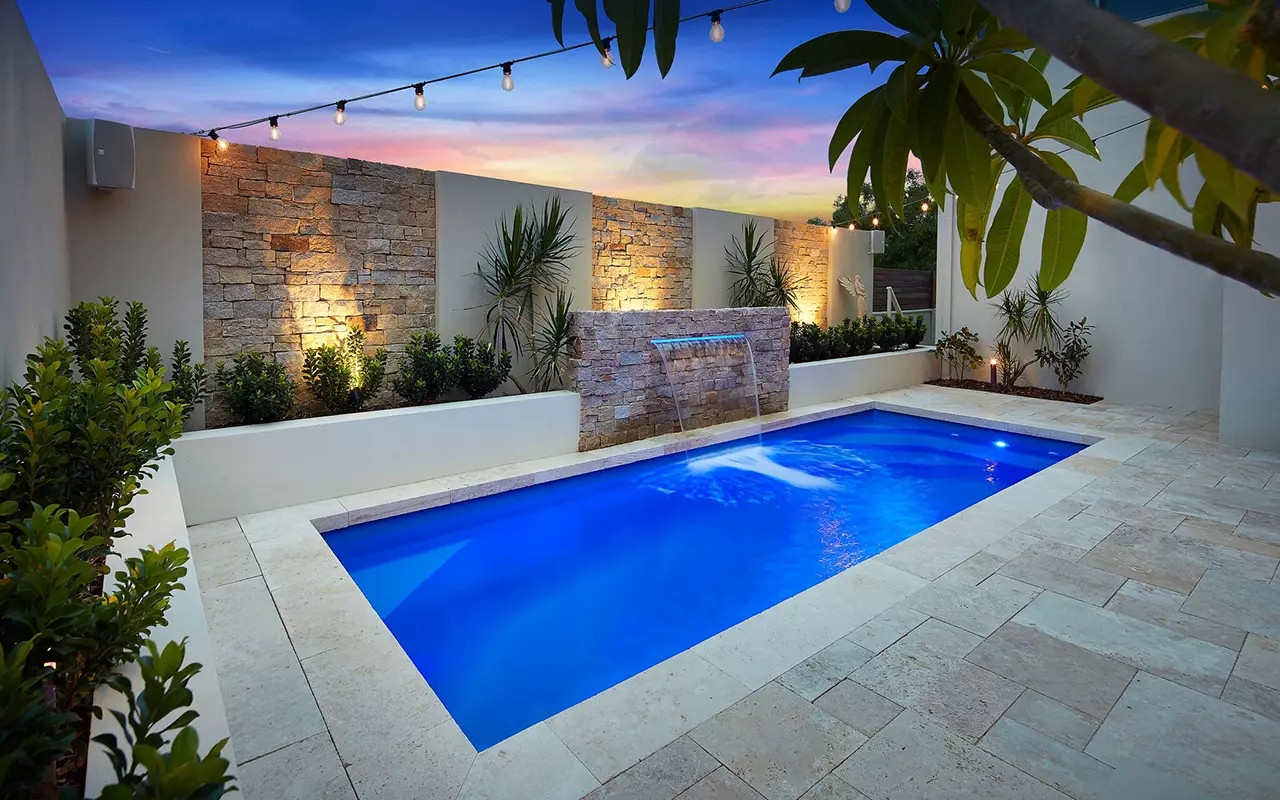

When embarking on the exciting journey of building your very own DIY plunge pool kit, it is important to have a clear list of materials needed to ensure a successful project.
First and foremost, you will need a sturdy and durable container to serve as the base of your plunge pool. This can be anything from a large stock tank to a repurposed dumpster - the choice is yours!
Next, you will need to gather materials for the filtration system, such as a pump, filter, and hoses. These components are crucial for keeping your plunge pool clean and safe for swimming.
You will also need materials for the plumbing system, including PVC pipes, connectors, and waterproof sealant. Proper plumbing is essential for ensuring that water circulates efficiently throughout your plunge pool.
Additionally, you will need materials for the decking surrounding your plunge pool, such as wood planks or composite decking boards. A well-designed deck not only enhances the aesthetic appeal of your plunge pool but also provides a functional space for lounging and relaxing.
Lastly, don't forget about finishing touches such as waterproof sealant, paint or stain for the deck, and any other decorative elements you desire to personalize your DIY plunge pool kit.
By carefully planning and gathering all necessary materials before starting your project, you can ensure a smooth construction process and ultimately enjoy a refreshing plunge pool in your own backyard. Happy building!
Plunge pools have become increasingly popular for homeowners looking for a refreshing way to cool off without the space or expense required for a full-sized pool. DIY plunge pool kits offer a cost-effective and manageable solution for adding a plunge pool to your home. Here's what you need to know about the benefits and how to install one yourself.
Benefits of a Plunge Pool: Plunge pools are smaller than standard pools, which makes them ideal for smaller spaces. They require less water and fewer chemicals, which reduces ongoing maintenance costs. Despite their size, plunge pools provide a perfect spot for relaxation, aquatic therapy, and even light swimming exercises.
Another significant benefit is their aesthetic appeal. Plunge pools can be integrated into landscaping beautifully, enhancing the overall design of your garden or patio area. They can also be equipped with hydrotherapy jets, adding an element of luxury and making them a great place to unwind after a long day.
Installation Guide:
Planning and Design: Decide on the location for your plunge pool, considering factors like sunlight exposure, privacy, and proximity to your house for convenience. Measure the space to ensure the kit you purchase will fit.
Permits and Preparation: Before installation, check local regulations and obtain any necessary permits. Prepare the site by leveling the ground and ensuring there is adequate drainage.
Foundation: Lay a concrete slab or gravel bed according to the kit's specifications. This foundation must be stable and level to support the pool.
Assembly: Follow the manufacturer’s instructions to assemble the plunge pool. Most kits are designed for easy construction, often requiring just a few tools and some basic DIY skills.
Plumbing and Electrical: Install any necessary plumbing and electrical systems. This might include pumps, filters, and heaters. It’s often recommended to hire a professional for this step to ensure everything is up to code.
Filling and Finishing Touches: Once everything is installed and checked for leaks, fill the pool with water and add the necessary chemicals to balance the water. Finish by landscaping around the pool or adding decking to integrate it beautifully into your outdoor space.
By following these steps, you can enjoy the refreshing benefits of a plunge pool with the satisfaction of having installed it yourself.
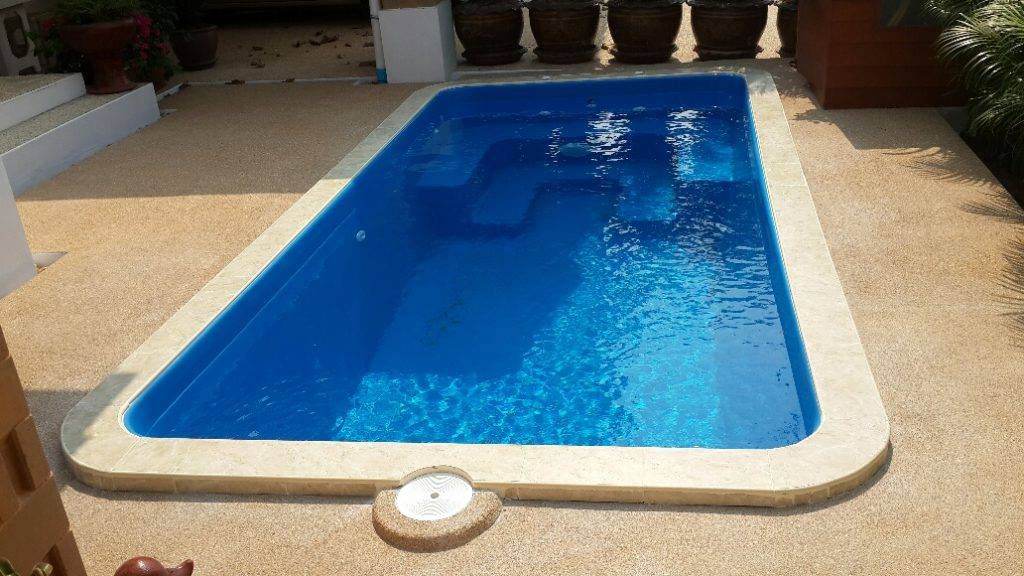
When it comes to installing a plunge pool kit, one of the biggest decisions you'll have to make is whether to tackle the project yourself or hire a professional.. Both options have their pros and cons, but one factor that often weighs heavily on people's minds is cost. DIY installation can be appealing because it allows you to save money on labor costs.
Posted by on 2024-11-25
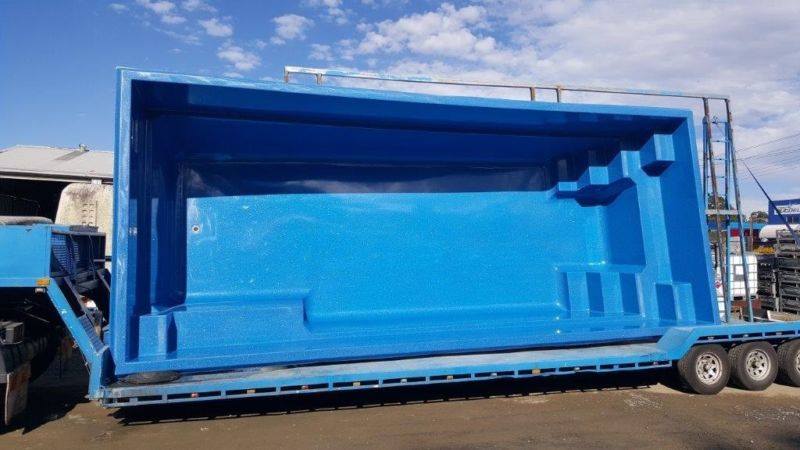
When it comes to choosing the right size and shape for your plunge pool kit, it's important to consult with a professional who can provide guidance and recommendations.. A plunge pool is a great addition to any backyard, but getting the size and shape just right is crucial for both aesthetics and functionality. A professional can help you consider factors such as the available space in your backyard, your budget, and how you plan to use the plunge pool.
Posted by on 2024-11-25
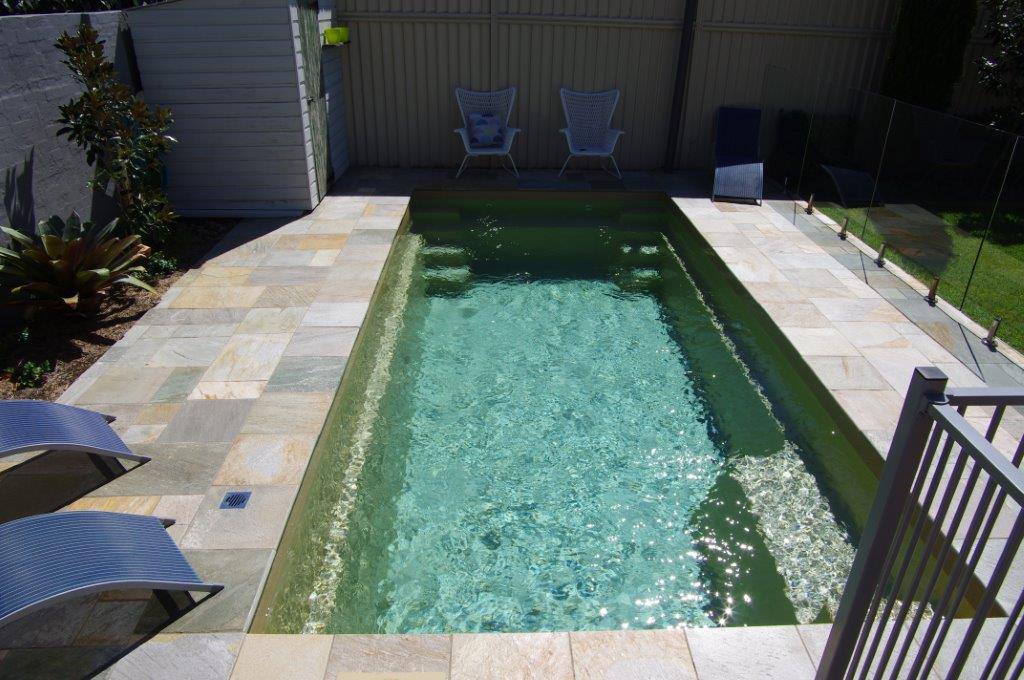
When it comes to creating a relaxing and stylish outdoor space, incorporating a plunge pool kit can be a fantastic idea.. Not only does it add a touch of luxury, but it also provides a refreshing oasis for you to enjoy during the hot summer months. To ensure that your plunge pool stays in top condition, it's important to follow maintenance and care guidelines.
Posted by on 2024-11-25
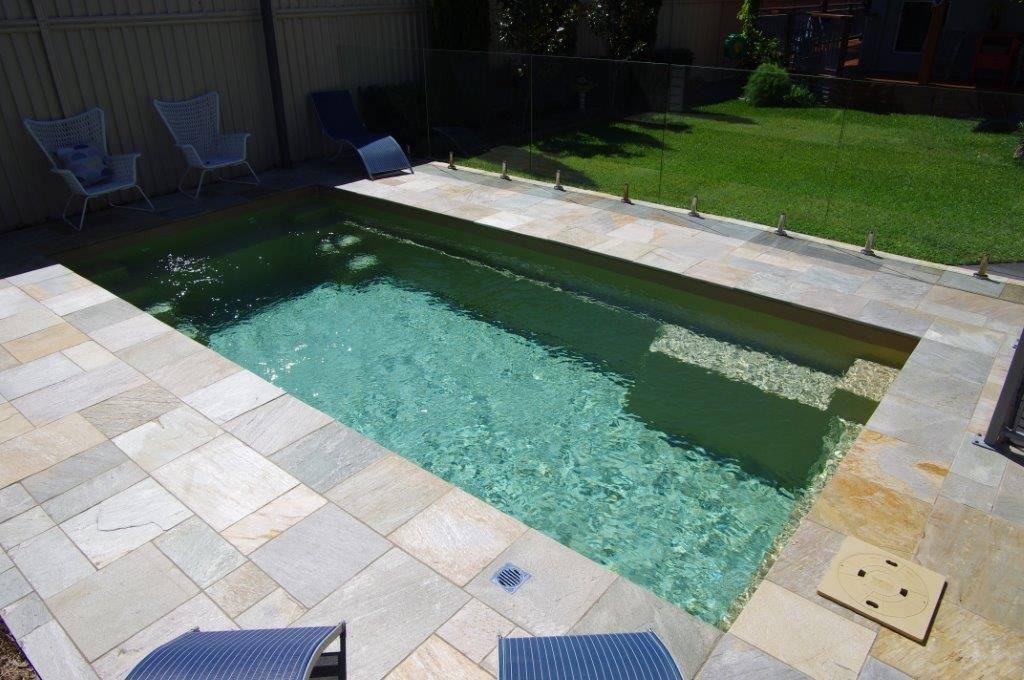
Keeping your plunge pool kit clean and well-maintained is crucial for ensuring its longevity and optimal performance.. One of the most important maintenance tips is to schedule regular professional maintenance checks to ensure all components are functioning properly. By having a professional inspect your plunge pool kit on a regular basis, you can address any issues before they become major problems.
Posted by on 2024-11-25
| Neerabup Perth, Western Australia | |||||||||||||||
|---|---|---|---|---|---|---|---|---|---|---|---|---|---|---|---|
 Agricultural land on Wattle Avenue | |||||||||||||||
 | |||||||||||||||
| Coordinates | 31°41′28″S 115°46′37″E / 31.691°S 115.777°E | ||||||||||||||
| Population | 112 (SAL 2021)[1] | ||||||||||||||
| Postcode(s) | 6031 | ||||||||||||||
| Area | 34 km2 (13.1 sq mi) | ||||||||||||||
| Location | 36 km (22 mi) from Perth CBD | ||||||||||||||
| LGA(s) | City of Wanneroo | ||||||||||||||
| State electorate(s) | Mindarie | ||||||||||||||
| Federal division(s) | Pearce | ||||||||||||||
| |||||||||||||||
Neerabup is a rural locality in Perth, the capital of Western Australia, within the local government area of the City of Wanneroo.
Prior to European settlement, the Noongar people had lived in the area for more than 40,000 years, taking advantage of the abundant food and water around the chain of wetlands on the coastal plain. In winter, they moved eastwards away from coastal weather, to return in summer as inland supplies dried up. The Mooro people (led by elder Yellagonga during the early years of European settlement) stretched from the Moore River near Guilderton to what is now the Perth central business district, and used to move between Lakes Joondalup, Neerabup and Yanchep.
In 1865, European settlers established the Aboriginal tracks as a stock route from Dongara to Fremantle, travelling along the west side of the lakes. Lake Neerabup was first recorded by surveyor J. Cowle in 1867, the name being a Noongar word which possibly means "swampy place" or "small basin". The part of the stock route between Joondalup and Yanchep is now part of the Yaberoo Budjara Heritage Trail, part of the Bicentennial Heritage Trails Network established in 1988.[2]
The area was often spelled Neerabub, especially by postal and telecommunications authorities, until as recently as the 1960s. It was approved as a suburb name in 1982.[3]
Neerabup is bounded by Wattle Avenue to the north, the Mitchell Freeway to the west, Pinjar Road to the east and Flynn Drive and Burns Beach Road to the south.[4]
Neerabup's population was not measured at the 2001 Australian census.[5]
Neerabup is a sparsely populated agricultural suburb. Several plant nurseries, a fruit and vegetable shop at Menchetti Road and the Neerabup Lake wetland are situated along Wanneroo Road. The western strip between Wanneroo Road and the proposed Mitchell Freeway is approximately the southern half of the Neerabup National Park. The area also contains a golf course, small wineries, a small industrial area on Flynn Drive and several sand and limestone quarries.
Neerabup is home to the Wanneroo Raceway, a 2,411-metre (1.498 mi) road racing circuit. Wanneroo Raceway, which opened in 1969, is the home of motor racing in Western Australia and hosts an annual round of the Supercars Championship.
Neerabup is also home to the Pinjar Park Speedway which opened in 2005. Pinjar Park is a 142-metre (155 yd) Motorcycle speedway which regularly hosts national and international meetings and caters to both senior and junior solo and sidecar racing. Pinjar Park is considered small for a speedway in Australia, with most tracks around the country ranging from 350 metres (380 yd) to 600 metres (660 yd) in length. For the bikes, the speedway replaced the old 550-metre (600 yd) Claremont Speedway which had run from 1927 until 2000, and the Bibra Lake Speedway which closed in 2004.
Neerabup is not served by public transport. The nearest Transperth bus service is the 391 between Joondalup train station and Carramar 2 kilometres (1.2 mi) to the south. These services are operated by Swan Transit.
Neerabup's political leanings are unclear due to its small size and the lack of a polling booth. The nearest large booths tend to favour the Australian Labor Party historically, although most have been won by the Coalition in recent times, especially at federal level.
A DIY plunge pool kit usually includes a pre-formed pool shell, filtration system, pump, plumbing materials, and installation instructions.
The difficulty of installing a DIY plunge pool kit can vary depending on the individuals experience with construction projects. It typically requires some basic plumbing and building skills.
Some DIY plunge pool kits offer customization options for size, shape, and features. It is important to check with the manufacturer for available customization options.
DIY plunge pools can be more cost-effective than traditional in-ground pools due to lower material and labor costs. However, additional expenses may arise depending on customization choices and installation requirements.